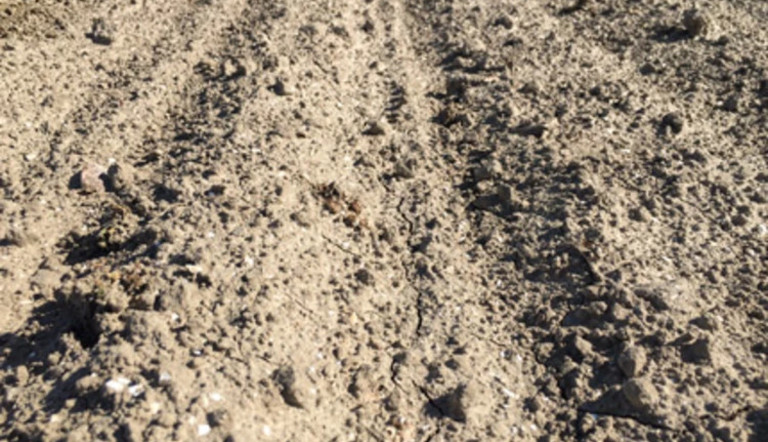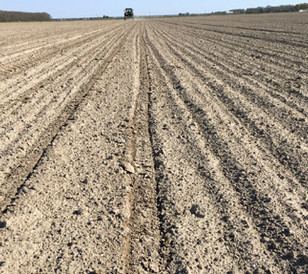
How to combat soil capping on sugar beet fields

Capping occurs when heavy rain falls soon after the crop has been drilled. If a period of warm, dry weather then follows and dries out the soil, a crust or cap can form over the surface. That crust is enough to create an impenetrable barrier to the germinating sugar beet seedling as it tries to emerge.
The sugar beet seedling is a relatively weak plant and it doesn’t take much of a crust to prevent the plant from breaking through. The seedling then dies beneath the surface and crop losses can be huge.
Capping can reduce emergence from the 80,000 plants/ha needed for a good yield, to as low as 20,000 plants/ha. Once the crop is below 40,000/ha the whole field will need to be re-drilled.
Even if drilling is successful the second time around, the delay of three to four weeks in emergence will reduce yields and cut potential profits.
Worryingly capping appears to be an increasing problem, due mainly to changing weather patterns that have seen heavy showers, followed by high temperatures, becoming more common. The problem has also been compounded in some EU countries where tighter restrictions on farmyard manure applications have been imposed, reducing the level of organic matter in the soil. This has a detrimental effect on its structure and restricts the free movement of water down through the soil profile.
To combat capping the main advice for growers on soils where it is common is to avoid planting ahead of any bad weather.
If heavy showers are forecast it is worth delaying drilling even if it means forgoing an ideal day ahead of the rain.
It can also help to drill later once there is a solid period of warmer weather, he says. As the soil warms up the seedling will grow more vigorously and have a better chance of pushing through any crust which has formed.
One emerging and innovative piece of machinery may also help growers.
In the past Cambridge rollers have been used to break open capped soils. However, the heavy weight of the machine and the v-shaped cross-section of the rollers themselves, often caused further damage to the plants.
By comparison Dutch firm Agri Deals’ “Crust Breaker” machine has a lighter and more precise wheel.
Launched in 2016 the machine is linked to GPS and can be placed to within 1cm of the drilled plants, allowing it to avoid causing damage while providing gaps through which the beet can emerge.
There were only two of the machines available across Europe last year but as numbers increase and the technology develops, there could be an important new tool to help tackle capping – take a look here...




